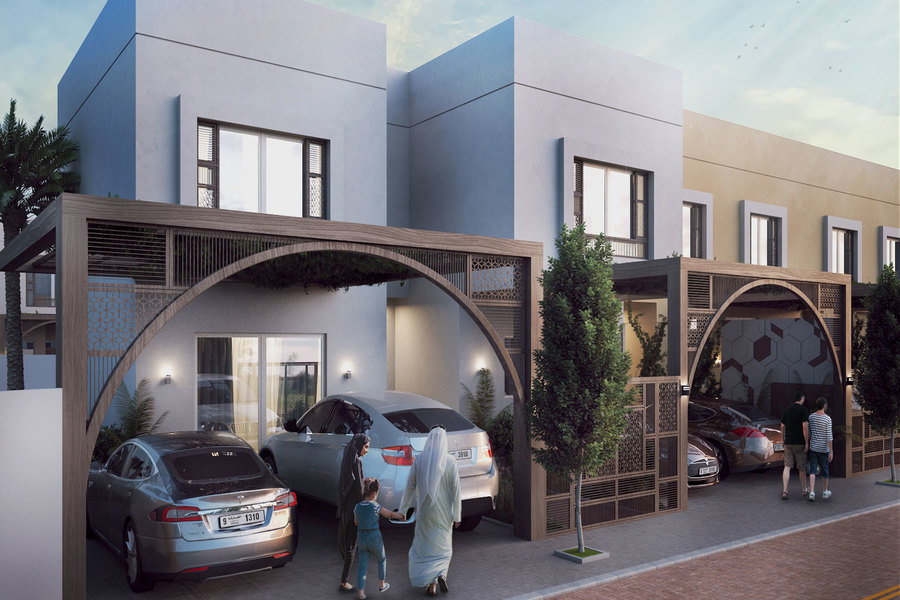
The project equips Umm Fannain residents with round‑the‑clock access to piped gas, replacing reliance on cylinder delivery and aligning with environmental goals. Al Balghouni emphasised the system’s compliance with international safety and quality standards, stressing SEWA’s commitment to delivering reliable and secure services.
Work on the network began with incremental phases throughout 2025, following earlier SEWA initiatives such as the Al Sajaa pipeline, which benefited 683 households over 29 km, and ongoing construction in Hamriyah‑West and Al Qutainah 1. The Umm Fannain project marks the first full operational launch in the area, elevating it from mid‑construction status to full energisation.
The deployment supports Sharjah Ruler His Highness Sheikh Dr Sultan bin Mohammed Al Qasimi’s directives to extend natural gas access across the emirate. SEWA has accelerated plans to connect central Sharjah, Kalba, Khorfakkan, Dibba Al‑Hisn, and other eastern regions, targeting 100 percent coverage with supporting pumping stations and feeder pipelines.
Natural gas is seen as a cleaner alternative to liquefied petroleum gas, offering reduced carbon emissions, greater convenience, and improved safety. Subscribers benefit from competitively priced supply, and SEWA has simplified the connection process. Al Balghouni noted rising customer uptake across residential, commercial, and industrial sectors.
Independent experts and regional energy analysts have observed that Sharjah’s strategy resonates with broader Gulf efforts to modernise energy systems while reducing cylinder dependency. In October 2023, SEWA completed the Al Falah commercial network, further marking the authority’s capacity to deliver rapid pipeline projects under tight deadlines.
Financially, the AED 4 million outlay for Umm Fannain aligns with an effective budget framework; past schemes have ranged between AED 1.7 million for Al Qutainah 1 and AED 3 million for Al Sajaa, reflecting cost efficiency relative to household connections. SEWA’s investment model has attracted attention for balancing infrastructure growth with affordability.
Residents in Umm Fannain have expressed relief at the shift to a constant gas supply. A homeowner commented that “having a pipeline means no more ordering cylinders or worrying about delivery delays,” citing improved convenience and stability. Local businesses anticipate benefits in reliability and operational costs.
SEWA continues to study demand projections, aiming to install further pumping stations in emerging urban zones. Engineers are preparing for increasing gas loads and population growth, designing infrastructure to scale with demand. The authority has also teased plans for gas service extensions to Al Sajaa’s third phase by mid‑2025 and is monitoring the Hamriyah‑West pipeline that has reached 17 percent completion.
As part of this expansion, SEWA is likely to engage international consultants to benchmark against global gas‑grid best practices. They are also expected to integrate digital monitoring and remote operation systems, following upgrades seen in SEWA’s electricity substations, including a new 220 kV substation at Umm Fannain ‑ though focused on power, it signals the authority’s drive towards smart energy platforms.
With Umm Fannain now fully connected, SEWA is scheduling extension drives in central Sharjah districts and other eastern towns. Engineers emphasise a phased but steady rollout strategy, maintaining minimal disruption and guaranteeing that gas connectors adhere to full regulatory compliance and safety audits.
Topics
UAE
